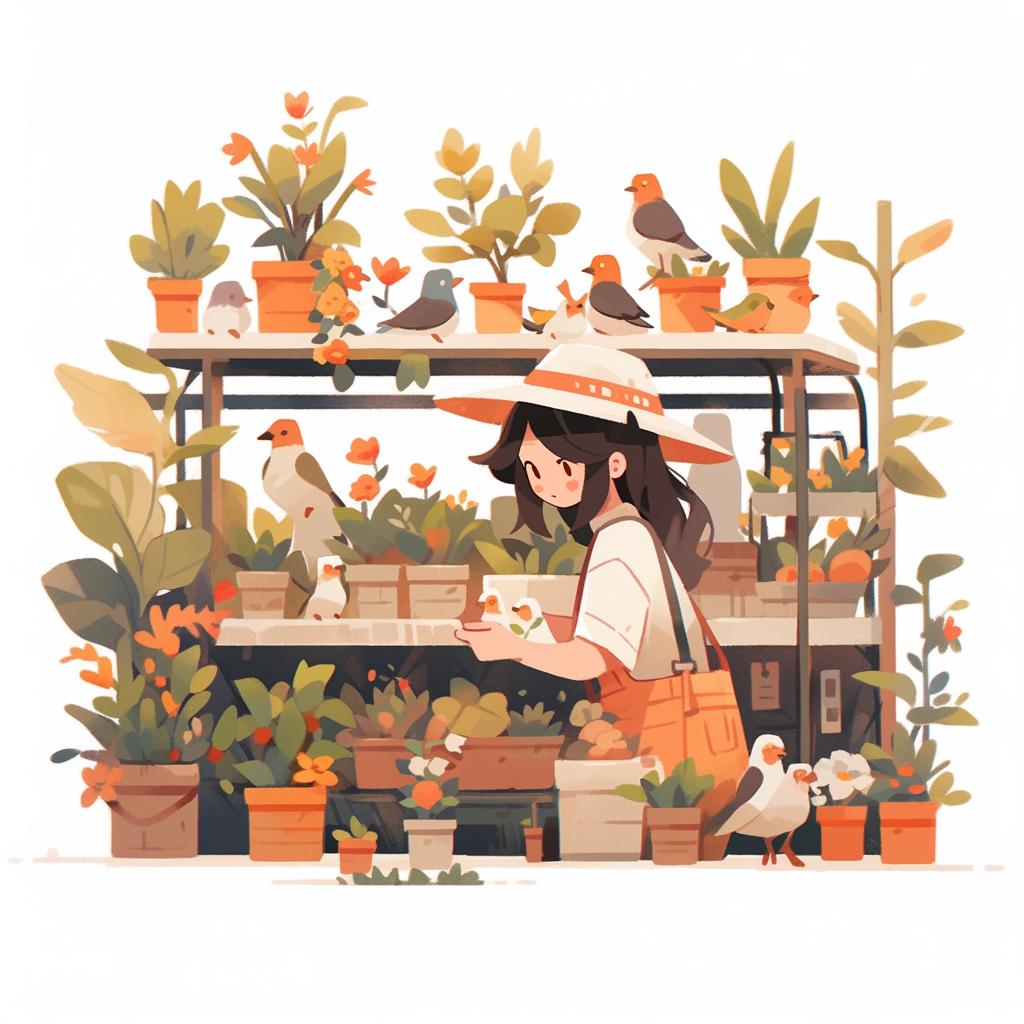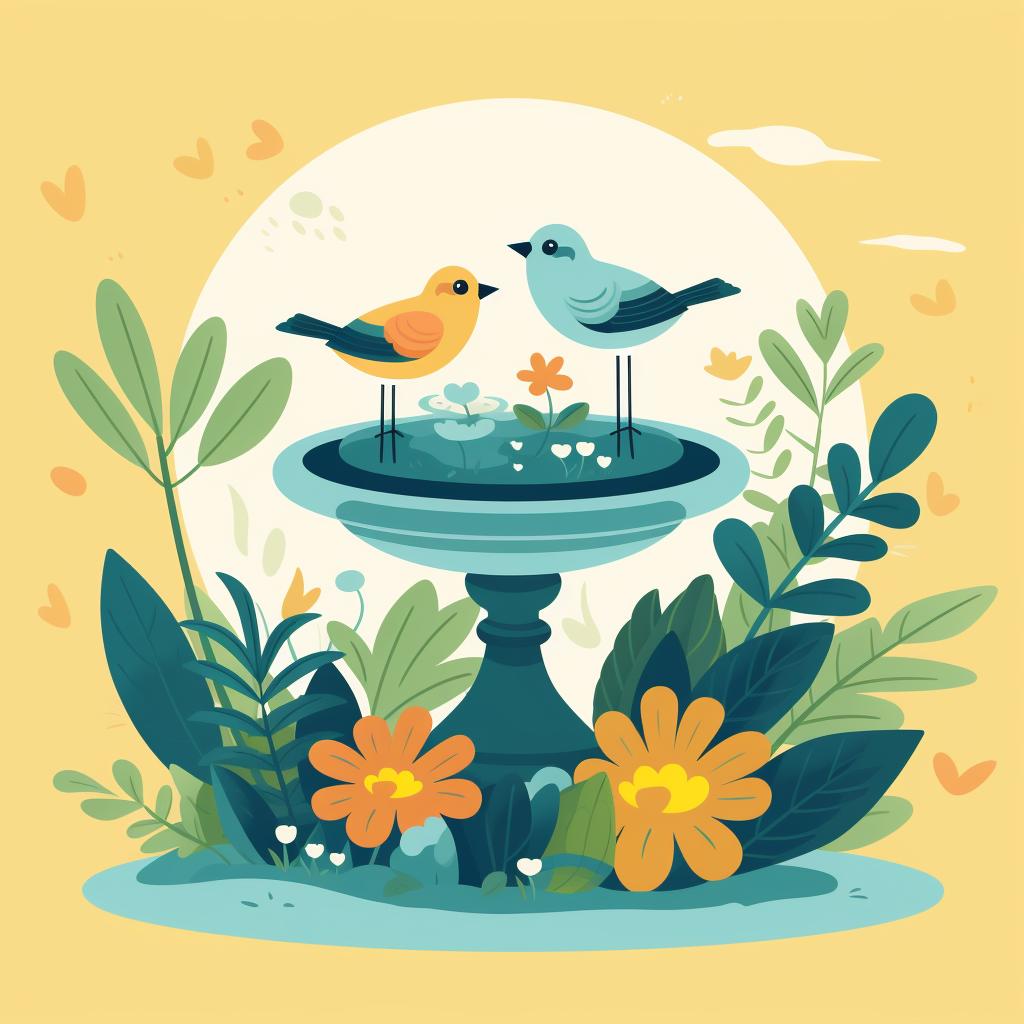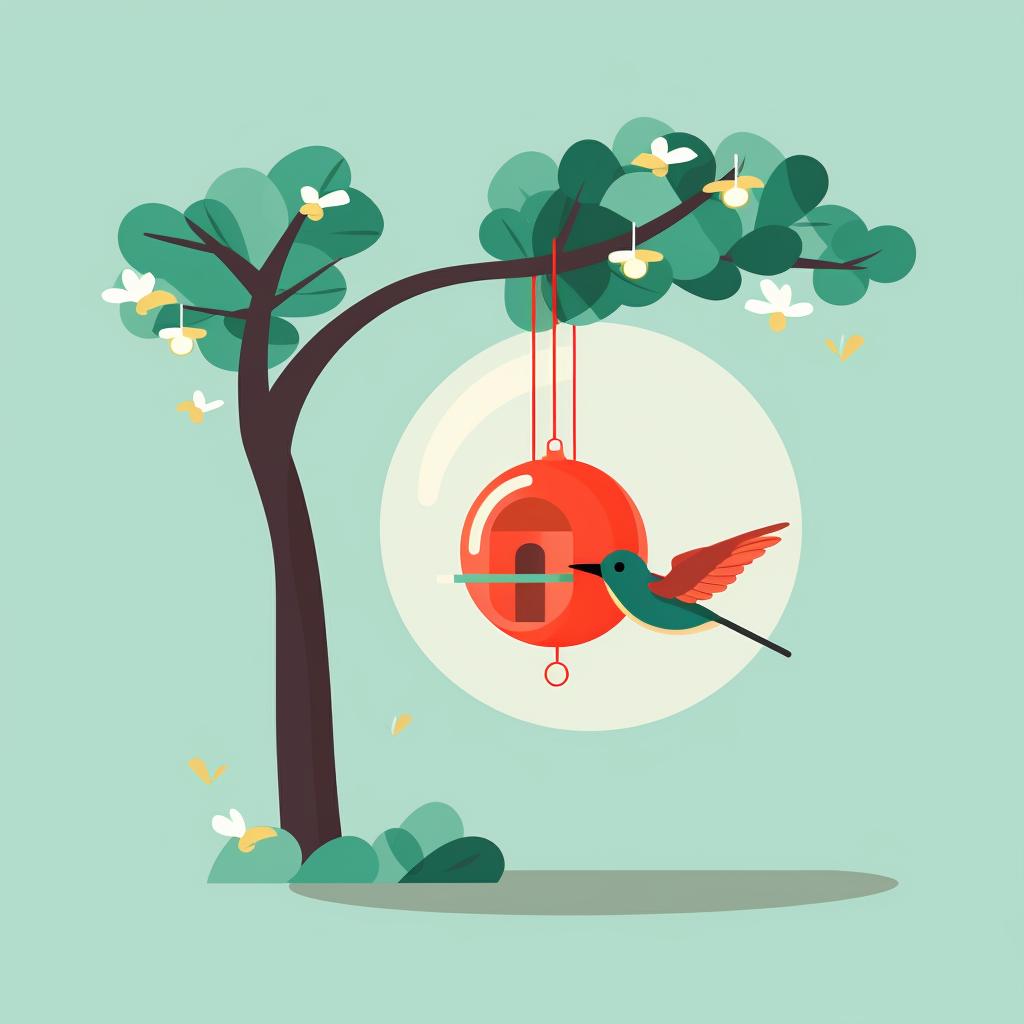🌺 Building Your Hummingbird Haven: A Step-by-Step Guide 🌸
Create a beautiful and sustainable garden with Garden Gentle. Attract pollinators, birds, and other wildlife to your backyard by following our step-by-step guide. Discover native plants and habitats that support local ecosystems.
Building Your Hummingbird Haven: A Step-by-Step Guide
Step 1: Select the Right Plants
Choose from the top 5 plants for hummingbirds - Salvia, Fuchsia, Lupine, Columbine, Bee Balm
These plants are rich in nectar and attract hummingbirds effectively.
Step 2: Plan Your Garden Layout
Create a garden layout that includes a mix of heights - low-lying flowers, mid-height shrubs, and taller trees. This variety will provide hummingbirds with plenty of feeding and nesting options.
Step 3: Plant Strategically
Position your plants in a way that provides open spaces for hummingbirds to fly and dense shrubs for them to hide from predators. Remember, hummingbirds are attracted to bright colors, so place the most colorful plants in the most visible areas.
Step 4: Add a Water Feature
Hummingbirds love to bathe and drink fresh water. Add a shallow birdbath or a fountain with a gentle spray. Ensure to keep the water clean and fresh.
Step 5: Install a Hummingbird Feeder
In addition to plants, consider installing a hummingbird feeder filled with a sugar solution. This can provide an additional food source, especially during times when flowers may not be in bloom.
Creating a garden that attracts hummingbirds not only adds beauty to your outdoor space but also contributes to the health of local ecosystems. By selecting the right plants, planning your garden layout, and strategically positioning your plants, you can create a haven that hummingbirds will love to visit.
Adding a water feature, such as a birdbath or fountain, provides hummingbirds with a place to bathe and drink, enhancing their overall experience in your garden. Don't forget to keep the water clean and fresh to ensure their well-being.
To supplement the natural nectar from flowers, installing a hummingbird feeder can be a great idea. Fill it with a sugar solution to provide an additional food source for hummingbirds, especially during times when flowers may not be blooming.
By following these steps, you can create a garden that not only attracts hummingbirds but also supports the local ecosystem. Embrace sustainability and make your garden a haven for these beautiful creatures. Start building your hummingbird haven today with Garden Gentle.
Remember, a beautiful and sustainable garden is within your reach. With Garden Gentle as your guide, you can create a space that not only brings joy and beauty but also supports the local wildlife. Get started on your journey to a vibrant and thriving garden today.












